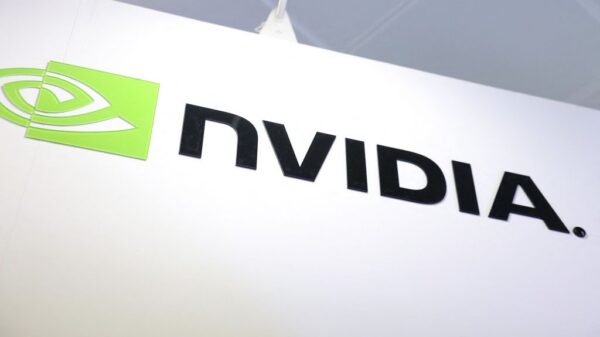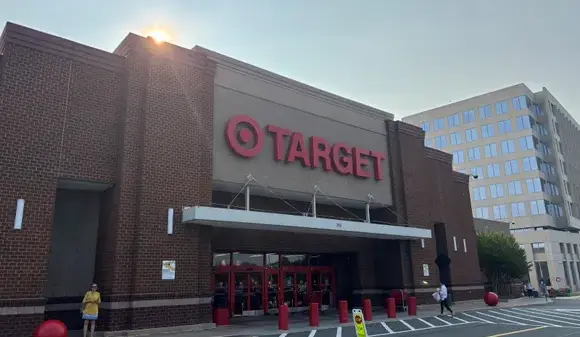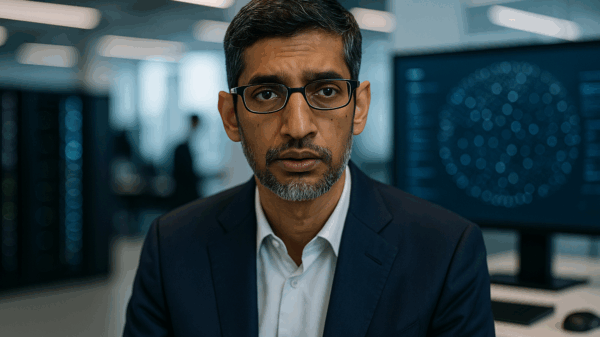Target has announced a significant commitment to revitalizing its business in a challenging retail environment. The company plans to invest an additional $1 billion in 2026, as it grapples with declines in sales and the need to enhance its store experience and technology capabilities. This investment is part of a broader $5 billion capital expenditure strategy aimed at supporting new store openings, remodeling existing locations, and advancing digital fulfillment capabilities, according to a company press release.
In its latest financial report, Target revealed a 1.5% year-over-year decline in net sales, totaling $25.3 billion for the third quarter. Comparable sales fell 2.7%, with merchandise sales dropping 1.9% and store comps declining 3.8%. However, these declines were somewhat mitigated by growth in digital sales.
Net earnings for the quarter fell by 19.3%, amounting to $689 million, while the gross margin rate held steady at 28.2%. Despite these challenges, the company maintains its expectations for the fourth quarter, projecting a low-single-digit decline in sales.
Target’s Strategic Focus on Technology and Store Experience
During a call with analysts, Target’s Chief Operating Officer and incoming CEO, Michael Fiddelke, expressed frustration over the company’s performance. The most significant declines in merchandise sales were observed in apparel, accessories, home furnishings, and household essentials. Conversely, there were slight increases in sales within the beauty, food, beverage, and hardlines categories.
See also AI Study Reveals Virtual Staining Enhances Medical Imaging Accuracy, But Caution Advised
AI Study Reveals Virtual Staining Enhances Medical Imaging Accuracy, But Caution AdvisedAccording to Neil Saunders, Managing Director at GlobalData, the focus on management changes in the previous quarter has shifted back to the disappointing sales performance. He emphasized that Target’s path to recovery lies in its willingness to invest in its operations. “If this means Target needs to take a further step back on profit before it moves forward, we see this as a very necessary retreat,” he noted, highlighting the importance of the additional $1 billion investment.
Target’s newly designed larger-format stores are outperforming sales expectations, which Fiddelke confirmed during the call. Part of the planned enhancements includes upgrades to “key floor pads” throughout the stores to improve merchandising and customer experience. Additionally, the Chief Commercial Officer, Rick Gomez, mentioned plans to change product offerings in the home category to encourage more customer discovery within the store.
Leveraging AI for Market Insights and Customer Experience
Central to Target’s turnaround strategy is the integration of technology to enhance operational efficiency and creativity. Fiddelke outlined the company’s initiatives to leverage artificial intelligence (AI) in merchandising development. Notably, Target is using AI to create synthetic consumer audiences that emulate real consumer populations, enabling the retailer to anticipate how various groups might respond to marketing campaigns and product launches.
In a separate announcement, Target plans to launch a beta version of an app utilizing OpenAI’s ChatGPT. This app will facilitate multi-item purchases, demonstrating Target’s commitment to enhancing the digital shopping experience for its customers.
Industry experts have praised Target’s focus on technology and customer service. David Silverman, Senior Director at Fitch Ratings, remarked that these areas are crucial for the company to regain market share and restore its “Tarzhay” brand image, which has historically supported its strong performance. However, he cautioned that Target must navigate a competitive landscape and continued consumer spending volatility as it implements these plans.
As Target embarks on this multifaceted investment strategy, the retail giant is poised to face both challenges and opportunities in its quest to recover and enhance its market position. The integration of advanced technologies, particularly AI, will play a critical role in shaping the company’s future as it adapts to the evolving retail landscape.








































































